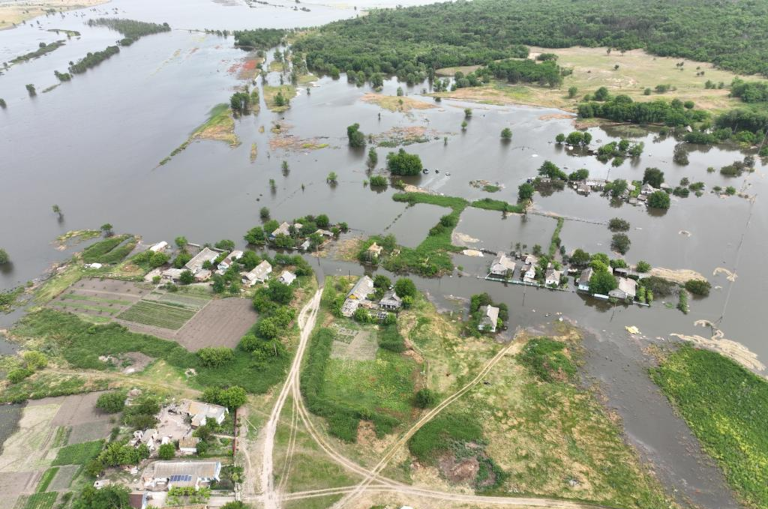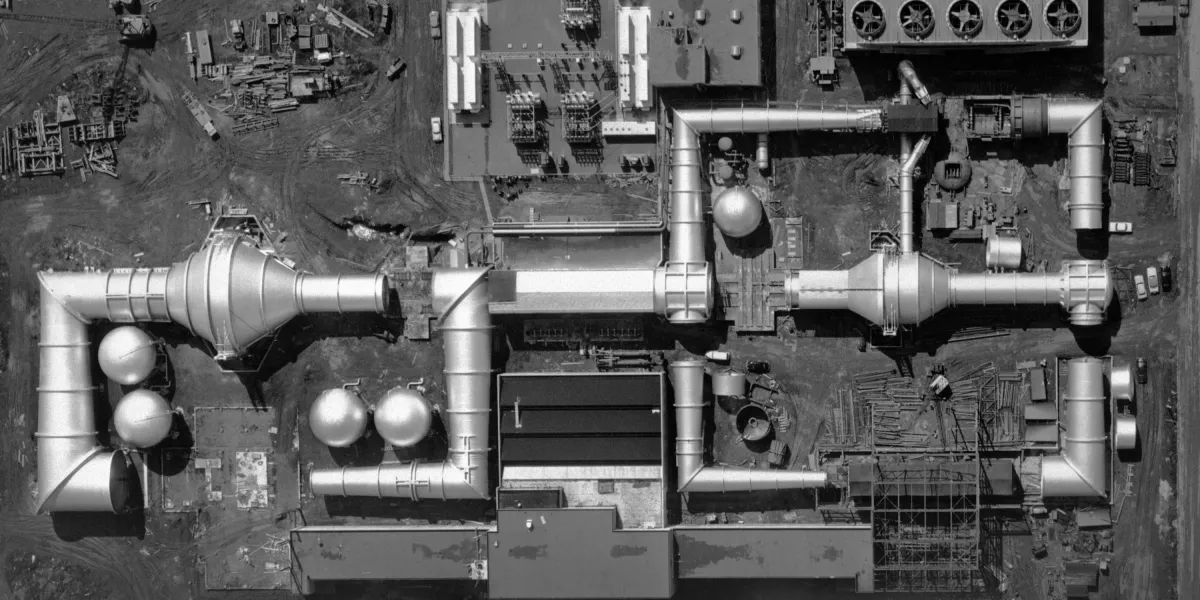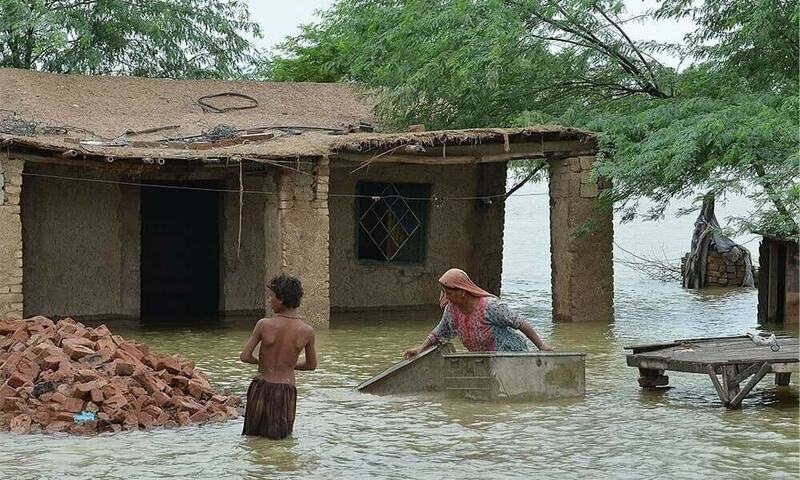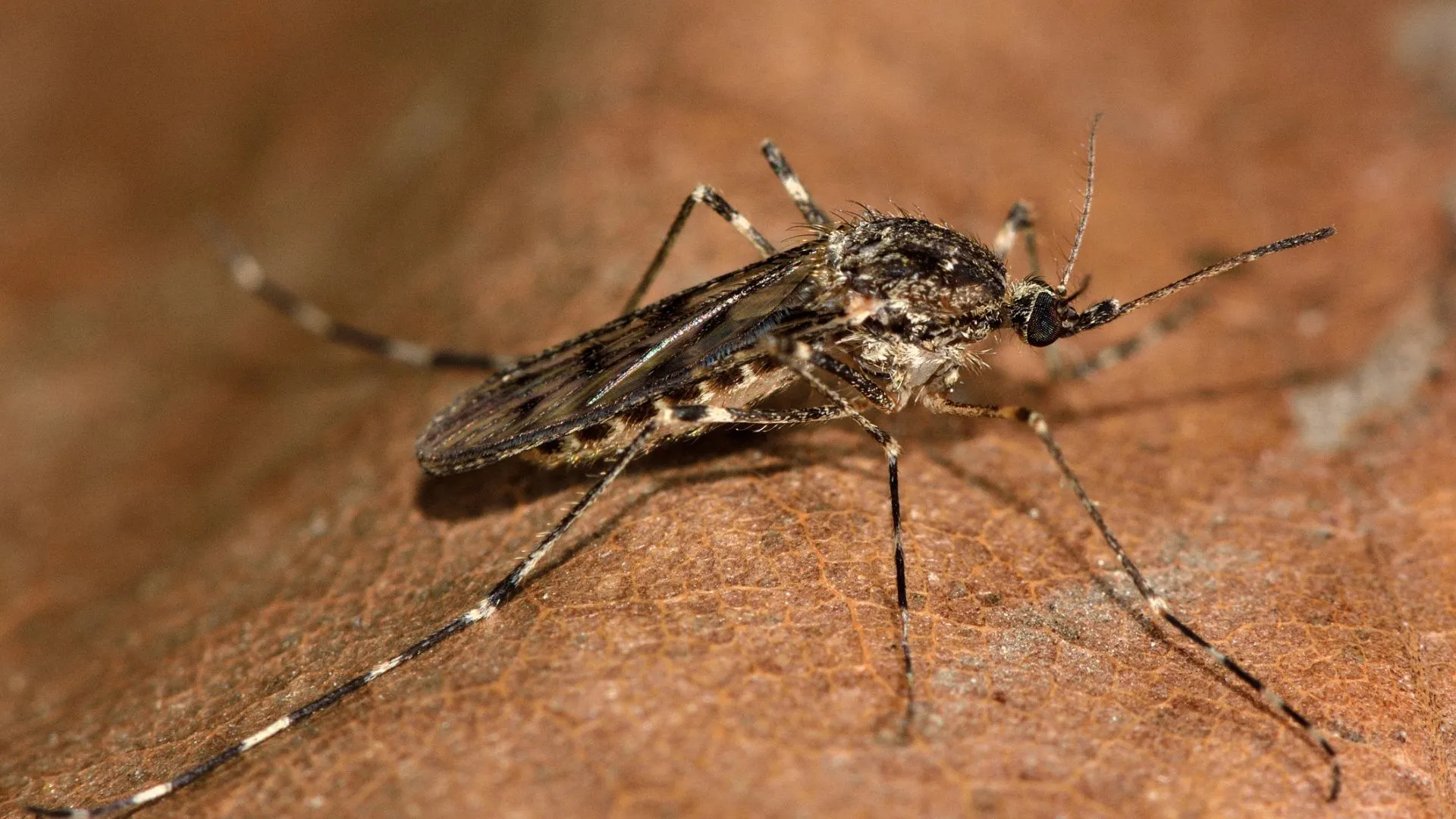Copyright Resilience

When Russian tanks march across Ukraine’s ancient plains, they leave behind more than just crater scars — they wipe out entire ecosystems. Putin’s war has sparked an unprecedented ecocide: century-old forests turn to ash, rivers become toxic, and irreplaceable steppe habitats vanish under relentless bombardment. Millions of wild creatures — from majestic steppe eagles to tiny field mice — are witnessing the destruction of their last refuges. What unfolds today across Ukrainian land is not just warfare; it is environmental devastation that will leave Europe’s biodiversity scarred for generations. Russia launched a full-scale invasion of Ukraine on February 24, 2022. As of September 2025, the war has lasted over three and a half years, making it the most destructive conflict in Europe since World War II. Millions of Ukrainians have been forced to leave their homes: approximately 3.76 million remain internally displaced, while millions more live abroad under temporary protection. The country’s economic losses are estimated at over $524 billion over the next ten years. The war has caused unprecedented environmental destruction: more than 139,000 square kilometers of Ukrainian land are contaminated with mines, making it one of the largest minefields in the world. June 2023 brought another catastrophe: the destruction of the Kakhovka Dam, one of the worst man-made ecological disasters of the 21st century. At least 59 people died, and dozens of settlements were flooded, with more than 230 square miles submerged, and thousands of animals perished. The ecosystem of the lower Dnipro River and Black Sea coast suffered devastating damage. At that time, a Ukrainian soldier from the east rescued a dog and her puppies from the flooded city of Kherson. They were later evacuated to Lviv. There, at Shelter Home, I first met Trinity — a small puppy whose story became deeply personal to me. Despite her severe trauma and life-threatening condition, my husband and I decided to take care of her. Flooding in Kherson after the destruction of the Kakhovka Dam 2023. Photo: ArmyInform, Ministry of Defense of Ukraine / CC BY 4.0 The puppy was afraid of sounds, movements, traffic, people — any manifestation of the surrounding world. During walks, she trembled with fear, and at night she whined in pain. In the first days, Trinity lay motionless — her body was overwhelmed by a severe parasitic infection. She also suffered from bloody diarrhea and completely refused food and water. Veterinarians gave a fifty-fifty chance of survival. An exhausting battle began: daily IVs, vitamin injections, four months of quarantine. We gave her water with a syringe, soothing her through her war-torn nightmares. Trinity in the hospital. Author provided. Today, two-year-old Trinity travels far and wide — from Ukraine to Pennsylvania, and from New York to Prague. She finds friends wherever she goes. She still has many fears, but we’re learning to overcome them together. Her mother, brothers, and sisters were also taken in by caring people. Trinity’s sister Cleopatra now lives with a loving family in Toronto. Trinity with her birthday cake. Author provided. But Trinity’s story is a rare exception. Domestic animals are supported by volunteers, veterinarians, and even international evacuation programs. But what happens to the millions of “invisible refugees” — the wild fauna that cannot evacuate from the front lines? Birds lose their nesting sites to artillery strikes. Toxic substances poison aquatic ecosystems, and landmines kill land-dwelling mammals. Their losses go undocumented, and their suffering remains unnoticed. Russian aggression destroys not only human lives — it systematically destroys entire ecosystems, transforming war into a form of ecocide. The Destruction of Ukraine’s Oldest Nature Reserve The Solonoozerna section of the Black Sea Biosphere Reserve in spring. Image provided by Yuriy Moskalenko, a senior researcher at the National Academy of Sciences of Ukraine. A striking example is the Black Sea Biosphere Reserve — one of Ukraine’s oldest and most valuable protected areas. Since the beginning of the full-scale invasion, the area has been under occupation, and since April 2022, the reserve’s territory has turned into an active combat zone. Scientists have lost all access to their research sites and are unable to conduct field studies. Yuriy Moskalenko, a senior researcher at the National Academy of Sciences of Ukraine, provided detailed commentary on this situation. The Solonoozerna section of the Black Sea Biosphere Reserve in spring. Image provided by Yuriy Moskalenko, a senior researcher at the National Academy of Sciences of Ukraine. “From the very beginning of the invasion, we completely lost access to the reserve,” explains Yuriy Moskalenko, the candidate of biological sciences. “Since late April 2022, the area has been an active combat zone, and we have had no direct information about the state of ecosystems or bird colonies.” For decades, the reserve has maintained a unique system of biotechnical measures to support colonies of rare species, including Mediterranean gulls (Ichthyaetus melanocephalus), slender-billed gulls (Chroicocephalus genei), gull-billed terns (Gelochelidon nilotica) and Caspian terns (Hydroprogne caspia), common eiders (Somateria mollissima), and red-breasted mergansers (Mergus serrator). Without specialist intervention, these colonies are likely to degrade. Predators and more competitive species, such as yellow-legged gulls (Larus michahellis) and great cormorants (Phalacrocorax carbo), are displacing less numerous competitors. Mediterranean gulls with chicks. Image provided by Yuriy Moskalenko, a senior researcher at the National Academy of Sciences of Ukraine. “There is a high probability that some species have stopped nesting on the islands altogether,” Yuriy Moskalenko notes. Satellite data have revealed catastrophic fires: in 2022, more than 4,300 hectares of protected land burned, with hundreds or thousands of hectares lost annually in subsequent years. Particularly devastated were areas of unique sandy steppe with oak and birch groves — remnants of that ancient forest that Herodotus once described in his account of the lower Borysthenes region. According to Yuriy Moskalenko, the fires are destroying landscapes whose recovery could take centuries, if they recover at all. “Remote sensing has also shown the construction of fortifications and new roads across pristine areas. Such disturbances open the way for alien species to spread into natural ecosystems,” the researcher explains. The war has devastated not only ecosystems but also the institution itself. After the Kakhovka Dam explosion, the reserve’s headquarters in Hola Prystan were flooded, destroying archives, scientific collections, and museum holdings. Vehicles and equipment were looted, and field stations were ruined. Staff were forced to flee and became internally displaced persons. Even after de-occupation, the first obstacle will be landmines: the entire area must be considered completely mined, and only after demining can field research and restoration begin. Slender-billed gull colony. Image provided by Yuriy Moskalenko, a senior researcher at the National Academy of Sciences of Ukraine. Habitats Vanish, Species Follow Suit The destruction of the Black Sea Biosphere Reserve is only the tip of the iceberg of the ecological catastrophe that has befallen Ukraine. The full-scale war is delivering devastating blows to natural ecosystems across the country, wiping out habitats and pushing countless animal and plant species toward extinction. Ukraine’s ecological landscape is being reshaped for decades to come, while many wild species are losing their last remaining refuges. Ostap Reshetylo, PhD in biology, zoologist, ecologist, and project manager for rare species conservation at WWF-Ukraine, outlined the scale of this catastrophe and its consequences for wildlife. “First and foremost, we’re losing our ability to gather information,” the scientist explains. “With the main combat operations taking place in southern and eastern Ukraine, scientific research there is simply impossible. We don’t yet know the full scale of the losses, but the catastrophic consequences are already obvious.” Animals with high mobility — those capable of running or flying quickly — are fleeing their habitats in response to threats. Some manage to adapt to new, similar environments. “Large mammals such as wolves, deer, and others are leaving their ranges en masse. They are frightened by the roar of machinery and aircraft, by explosions and the whistle of shells. Strong irritants also include sudden flashes of light at night and unusual smells from explosives, vehicles, and gunfire. Animals flee in search of safer places,” Ostap Reshetylo explains. But not all species can find new habitats. Particularly vulnerable are rare species that even in peacetime were confined to just a few sites in Ukraine’s steppe zone. “The steppe today is one of the most devastated ecosystems. This unique environment is home to many endemic species that cannot be found in Polissia or the Carpathians. When steppe habitats are destroyed, entire communities of organisms are displaced or disappear. Species vanish not so much because they are killed directly, but because their habitats are erased,” he emphasizes. Among mammals, Ostap Reshetylo points to the steppe marmot (Marmota bobak) as an example; among birds, the steppe eagle (Aquila nipalensis); and among insects, the saga pedo. He also mentions species such as the steppe polecat (Mustela eversmanii) and the desman (Desmana moschata), a rare aquatic mammal once widespread in Ukraine’s steppe river systems. Saga pedo (steppe bush-cricket), Lysacha Bay, eastern coast of Crimea, Ukraine. Photo: Iryna Kurochenko / CC BY-SA 4.0 Birds are also undergoing severe disruption. Ukraine lies at the intersection of several major migration routes: east–west, north–south, and along the Dnipro River. One of the most important is the Azov–Black Sea coastal flyway. GPS tracking has shown that greater spotted eagles (Clanga clanga) avoid conflict zones, though some experts argue that the war has not significantly altered raptor migration routes. “Nevertheless, the construction of Russian fortifications along the coast is destroying critical resting and feeding grounds for migratory species. Around 80 bird species have already shown behavioral changes due to the fighting, many of them listed in Ukraine’s Red Book and international conservation registers,” says the WWF-Ukraine project manager for rare species. Forests have also suffered massive damage. Before the war, roughly 16-17% of Ukraine’s territory was forested. The largest expanses were in Polissia and the Carpathians, but steppe forests — such as those in Crimea and the Serebrianske Forestry — were especially valuable because of their protected status. “Today these territories have been reduced to charred wastelands, destroyed by explosions and fires,” states Ostap Reshetylo. Forest fires resulting from hostilities have destroyed over 60,000 hectares of forest. According to estimates by the Ministry of Environmental Protection and Natural Resources of Ukraine, the annual ecosystem services provided by the country’s forest ecosystems are valued at around $7 billion. Serebrianske Forestry, Kreminna district, Luhansk region, Ukraine. Photo: Nepran Vyacheslav / CC BY-SA 4.0 Poison and Flames: War’s Environmental Arsenal We discussed in detail with Oleksii Vasyliuk, Ukrainian ecologist and zoologist and member of the UWEC editorial team, the key trends in how the war is impacting Ukraine’s wild ecosystems. The expert made it clear that the most destructive factors take very different forms — some cause instant destruction, while others leave behind a toxic legacy that will last for decades. He considers chemical contamination from exploding munitions the most dangerous factor. “It is no coincidence that where missiles have landed, even crops cannot grow. Along the front line, hundreds of thousands of such explosions have occurred. But explosions also happen far beyond the front line,” says the ecologist. According to him, the mechanism of contamination is alarmingly simple. Within fractions of a second after a missile explodes, some of the chemical filling turns into gas, while the rest remains as solid particles that scatter around as powder. The unreacted material spreads no farther than 35 meters. However, the gas portion enters the air and can disperse over a much greater distance, eventually falling back to the ground with rainfall in different countries. According to the Alliance for Peacebuilding (2024), 30% of Ukraine’s territory is contaminated with landmines and unexploded ordnance, making Ukraine the most mined country in the world. A recent study published in Science of the Total Environment (January 2025) reports soil contamination with heavy metals, particularly cadmium, copper, lead, and zinc, resulting from war-induced explosions and destruction of military equipment in north-eastern Ukraine’s Kharkiv region. “All places after explosions are chemically polluted and unsuitable. It’s impossible to clean the soil fully,” says the ecologist. “Even phytoremediation offers only limited effects. We can plant shrubs for 15 years to extract zinc. And yes, zinc will decrease a bit, but what about everything else?” Oleksii Vasyliuk highlights this factor not only because countless living organisms die in explosions but also because the chemical aftermath of blasts remains forever. For decades, the land has been considered polluted. He adds that situations are particularly hazardous when shelling targets high-risk facilities — gas stations, warehouses of building supplies, or chemical fertilizers. When paint, varnishes, or styrofoam burn, people are advised not to open windows or even leave nearby settlements. But you cannot give such instructions to an entire ecosystem. “In second place are fires. Because they destroy all living things, and no one can control them,” Vasyliuk continues. “Most of the war is fought in the steppe zone. And there, pine forests are the most fire-prone in Ukraine. If fires break out there, they can burn entire forest ecosystems to the ground.” The steppe zone has natural “safeguards,” since some plants are adapted to natural fires and keep their main biomass underground. However, with animals, the situation is entirely different. “We have almost no wild ungulates left in the steppe. But ground-nesting birds can fly away. Still, their nests with chicks, of course, burn,” explains the ecologist. Reptiles are especially vulnerable, including steppe viper (Vipera renardi), four-lined snake (Elaphe quatuorlineata), dione rat snake (Elaphe dione), and the caspian whipsnake (Dolichophis caspius). Interestingly, the Dolichophis caspius is Europe’s largest snake, reaching 2–2.5 meters (6.5–8 feet). Many steppe insects, such as the Probaticus subrugosus (black steppe beetle) and the Saga pedo (steppe bush-cricket) — a large orthopteran insect with a rare conservation status that cannot jump because it has no wings — are also at risk. Vipera renardi, Huliaipole district, Zaporizhzhia region, Ukraine. Photo: Viktor Petrochenko / CC BY-SA 4.0 The Paradox of Kakhovka: Catastrophe and Recovery As a separate case, Oleksii Vasyliuk wants to highlight that the situation with the destruction of the Kakhovka Hydroelectric Power Plant in June 2023 was unprecedented in human history. As a result of the disaster, hundreds of thousands of fish died in the reservoir, with losses estimated at over 11,000 metric tons (≈12,125 U.S. tons) — millions of individuals of various ages. Mollusks, crustaceans, and other invertebrates that form the basis of food chains also perished. Flooding and subsequent drying destroyed coastal ecosystems, affecting amphibians, birds, and small mammals. Flood in Kherson Oblast. Photo: State Emergency Service of Ukraine / CC BY 4.0 “Kakhovka is now considered the largest destruction of a hydroengineering facility ever. Within the temporarily flooded zone, the entire animal world — including soil fauna — across all 612 square kilometers (≈236 square miles / 151,000 acres) was wiped out. Everything living in the reservoir washed into the sea and died, and everything in the sea that entered the temporarily freshened zone also died,” stresses the expert”, he emphasizes. A separate tragedy occurred at the Kazkova Dibrova Zoo in Nova Kakhovka, which was completely submerged. Nearly 300 animals died because they could not be evacuated. Only a few waterfowl — swans and ducks — survived. Among the dead were monkeys Anfisa and Charlyk, the pony Malysh, the donkey Osia, raccoons Mishka, Liolia, and Dynka, the grey parrot Venia, the crow Roma, marmots, guinea pigs, ferrets, and many other small animals. The ecologist also emphasizes nature’s remarkable capacity for recovery, despite the challenges it faces: “Currently, in the area of the former reservoir, 40 billion tree seeds — mainly willows and poplars — have sprouted, and in some places, young trees have already grown to five meters. The Danube sturgeon (Acipenser gueldenstaedtii) has also returned — a species listed in the Red Book. They had been absent for 70 years, unable to return because of the dam, and now they are back.” Danube sturgeon at the Danube Delta Ecotourism Museum in Tulcea, Romania. Photo: David Stanley / CC BY 2.0 The Irony of Abandonment Ironically, some animal species have even benefited from the war due to the absence of humans in abandoned areas. For example, he points to the increase in mouse populations. This, in turn, helps restore populations of small predators and birds that feed on rodents. “Animals benefit greatly once people leave the land. The most significant factor that has always reduced the numbers of any animal group is human presence. Yes, there are numerous mines, and large animals such as roe deer, wild boar, and some wolves may be blown up. But among the entire diversity of wild animals, only a few individuals might trigger such incidents. And yes, that war has changed animal behaviors. They have become more fearful and less attentive, often running onto roads. Beyond this, most animals, however, benefit far more,” explains Oleksii Vasyliuk. From War Zone to Wilderness: The Recovery Process The Ukrainian experience shows that war can destroy not only human lives and infrastructure but also the very foundation of life — natural ecosystems. As experts from The Conflict and Environment Observatory (CEOBS) point out, every conflict has its own environmental footprint. In Ukraine’s case, it is particularly severe because of the length of the frontline, the duration of the hostilities, and the unprecedented use of explosive force. This aggression has turned vast territories into zones of environmental danger. “In other countries, such as Sudan, ecosystems can suffer more from indirect damage, such as the overharvesting of fuelwood when gas supplies become unavailable,” the CEOBS team. According to them, the concept of “ecocide” helps explain the scale of destruction to international audiences. However, the absence of international law recognizing environmental crimes committed during war still leaves room for impunity. At the same time, the term draws attention to the fact that the destruction of nature in wartime should be treated as a crime. Ostap Reshetylo, PhD in biology, zoologist, and ecologist with WWF-Ukraine, stresses that environmental challenges will last for decades: “One third of Ukraine is unsafe because of mines. Demining alone could take decades. And without this, research cannot even begin,” the scientist says. He explained that the next step is a comprehensive assessment of the environment, including soils, water, and air. “From an ecological perspective, we are talking about studying entire ecosystems, with all the variety of connections that were disrupted as a result of hostilities. And this research, too, will take decades,” Reshetylo explains. According to him, the most traumatic changes occur in soils, since they accumulate everything. Restoring soil to its pre-war state requires tremendous effort: first comes demining, then the painstaking removal of metal fragments, and finally the rebuilding of its chemical balance. “I don’t think it will ever be possible to return it to an ideal state,” the ecologist adds. In this way, the restoration of Ukraine’s nature represents a challenge not only for the state but also for the global community. Russia’s war against Ukraine has shown that the environmental consequences of war cannot be dismissed as a side effect. It is the deliberate destruction of ecosystems, where wild animals lose their habitats, food sources, and migration routes. Their silent deaths often go unnoticed, even though they are indicators of how profoundly war wounds nature. The loss of biodiversity in Ukraine threatens not only the country but the entire continent, as key links in natural networks are being disrupted. Ukrainian Danube Biosphere Reserve (Ptichya Spit). Photo: UA-Lora / CC BY-SA 3.0. Teaser image credit: Flood in Kherson Oblast. Photo: State Emergency Service of Ukraine / CC BY 4.0



